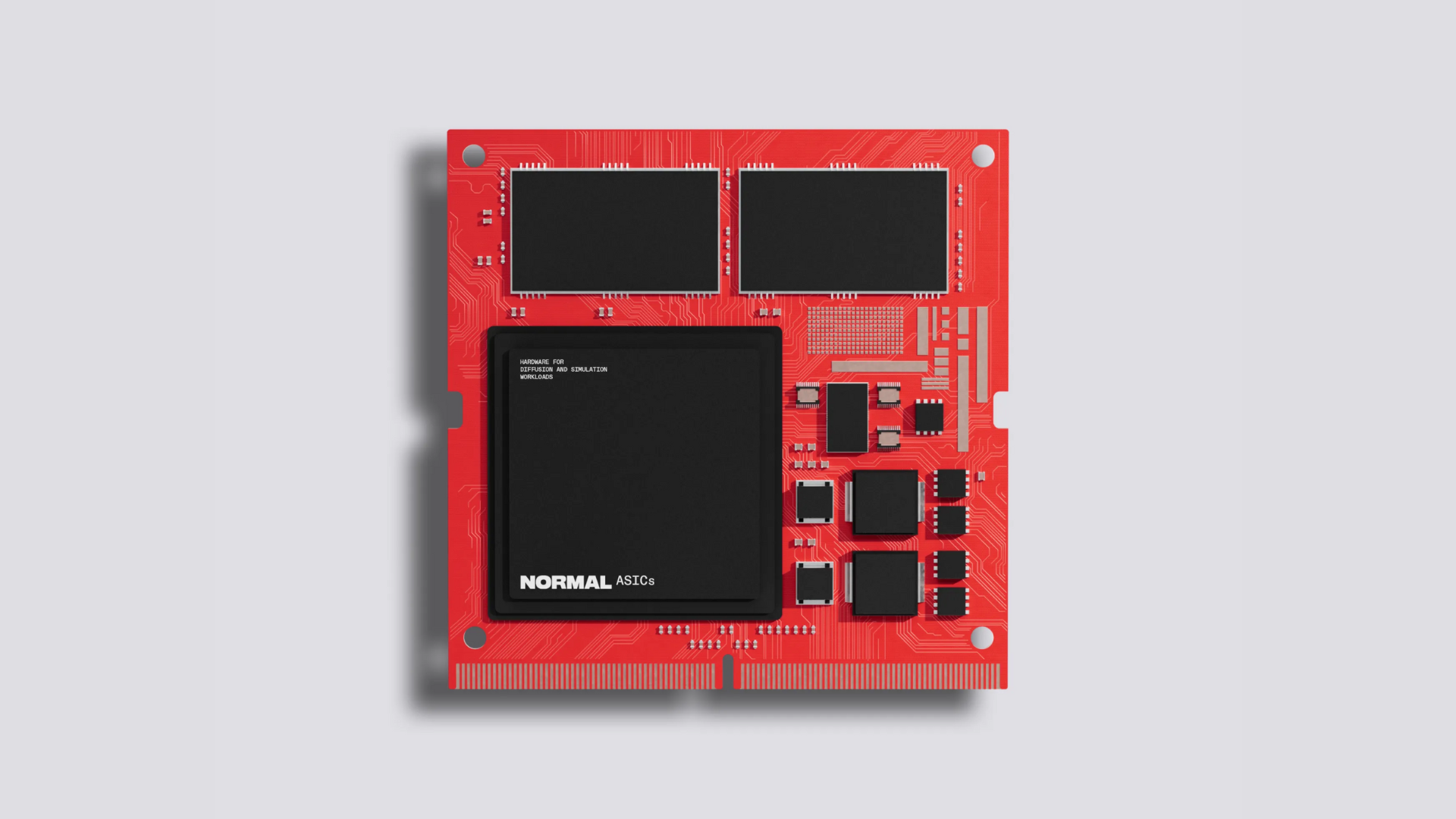I haven’t heard about thermodynamic computing before, but it sounds pretty interesting. As IEEE Spectrum explains , “the components of a thermodynamic chip begin in a semi-random state. A program is fed into the components, and once equilibrium is reached between these parts, the equilibrium is read out as the solution. This computation style only works with applications that involve a non-deterministic result … various AI tasks, such as AI image generation and other training tasks, thrive on this hardware.” It sounds almost like quantum computing to my layperson ears. [edit: fixed link]
In the early days of computing, people experimented with different signaling frameworks between electronic components (valves and later transistors). Decimal and ternary were used and abandoned because binary is much easier to implement and noise resistant.
What we do today is simulate non -deterministic (noisy) signals in LLM using deterministic (binary) signals, which is a massively inefficient way to do it.
I expect more chips with a neuron-like architecture will be coming out in the next few years. It would certainly be a benefit for the environment, as the cat will not get back in the bag
Sloppier compute architecture needed to drive down costs on sloppier method of computing.
If it makes AI cheaper then great because AI is a massive fucking waste of power, but other than that I am grossed out by this tech and want none of it.
up to 1000x energy consumption efficiency in these workloads
Seems like a win to me





